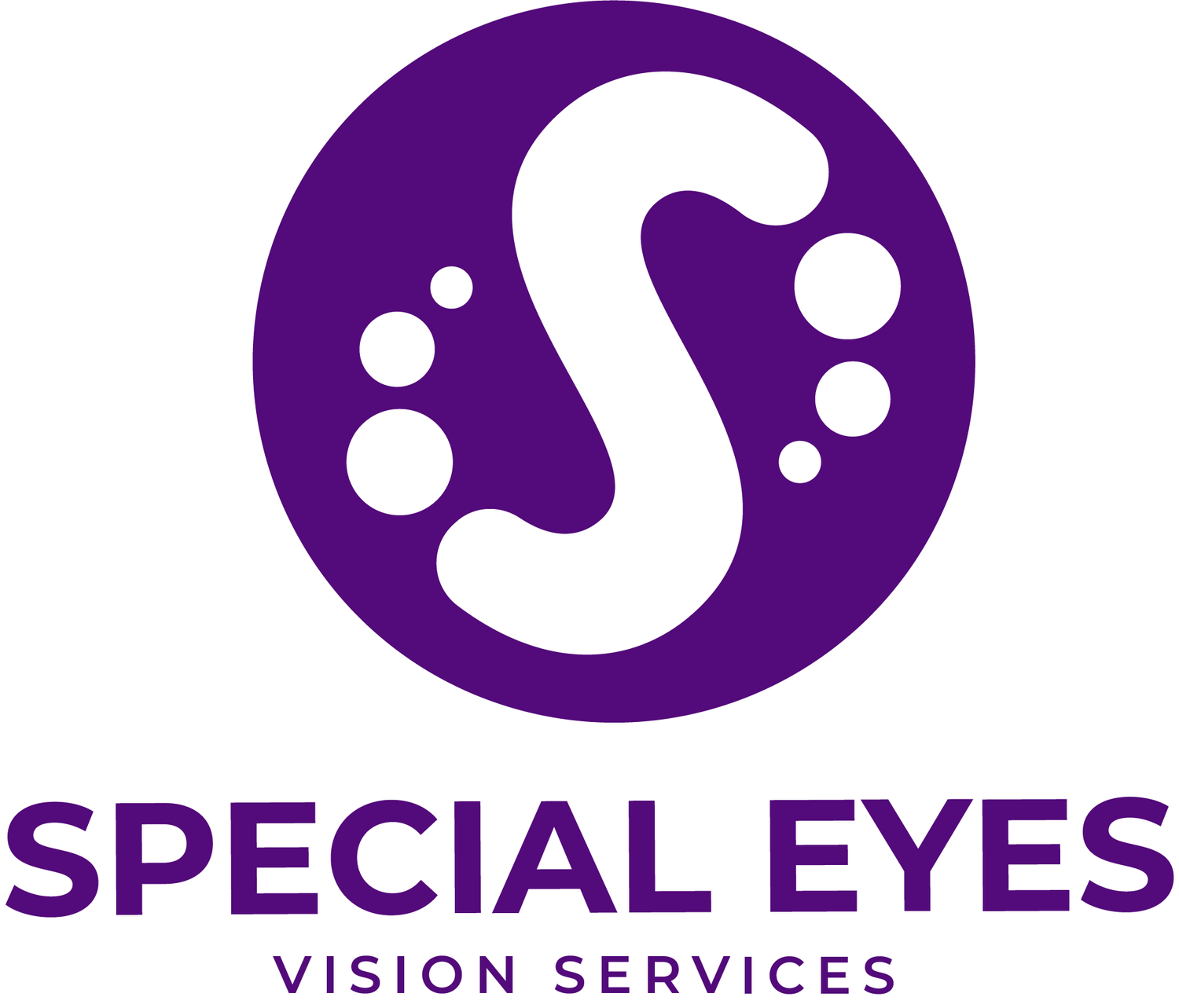Celebrating White Cane Safety Day: Honouring Independence & Raising Awareness
Image of a person standing facing the camera and using a white cane
Every year on October 15, we observe White Cane Safety Day — a day that recognises the significance of the white cane as more than just a mobility aid, but as a powerful symbol of autonomy, resilience and accessibility.
At Special Eyes, we believe days like these offer meaningful opportunities: to listen, to learn, and to act.
A Brief History & Why It Matters
The formal observance of White Cane Safety Day dates back to 1964, when the U.S. Congress authorized the President to proclaim October 15 as a day to celebrate and raise awareness of the achievements of people who are blind or visually impaired.
Though its origin is American, the values behind the day — inclusion, awareness, safety — resonate globally and have been adopted in many countries, including Australia.
The white cane has a dual role: it’s a navigation tool for the user, and a visual cue to others — alerting drivers, pedestrians, and community members to the presence of someone with vision loss.
What White Cane Safety Day Seeks to Achieve
Raise public awareness
Many people don’t fully understand the experiences of people with low vision or blindness, or the significance of the white cane. This day invites us to pause, observe, and become more informed.Celebrate achievement and independence
For many, mastering cane skills is an act of enormous courage, practice, and adaptation. The cane is a tool, yes — but also a badge of independence.Advocate for safer, more accessible environments
It’s not enough that individuals adapt — our communities should too. Sidewalks without cracks and hazards, audible crosswalks, well-lit streets, and respectful driver behaviour all matter.Encourage support and connection
Whether through local events, educational workshops, or conversations, White Cane Safety Day connects supporters and allies with those navigating vision challenges.
Insights From the Cane: What It “Feels” Like to Use One
It can be enlightening to step (figuratively) into the shoes of someone relying on a white cane. Some of the “messages” the cane communicates:
Texture & surface changes: The cane can relay information about ground changes, curbs, slopes, and hazards underfoot.
Auditory feedback & echoing: As the cane taps or sweeps, subtle echoes or vibration help orient the user.
Signal to others: The presence of a white cane (especially a white cane with a red tip) tells the world: I am navigating with vision loss, please proceed with awareness.
Practical Tips: How We Can All Contribute to Safety & Inclusion
Here are some actions individuals, families, and communities can take — especially in Australia — inspired by best practices and international guidance:
Driver / road user: Slow down near pedestrian crossings, yield to pedestrians using a cane, avoid honking near someone using a white cane.
Pedestrian / public: Offer assistance (if asked), speak clearly, avoid startling with loud noises. Ask permission before guiding someone.
Local governments / infrastructure planners: Install tactile ground surface indicators, auditory crossing signals, uniform pavements without abrupt changes, maintain footpaths.
Organisations / schools / workplaces: Host awareness events or training, improve internal accessibility, encourage inclusive mobility practices.
Families / friends: Talk openly about the cane, its purpose, and the challenges. Listen, support, and advocate.
How You Can Mark This Day (Ideas That Work)
Attend or host a local walk or awareness event (e.g. Vision Australia runs events around Australia).
Share educational posts or infographics on social media — especially with practical tips and myth-busting.
Invite someone with vision impairment to speak at your community group or school.
Support organisations that provide orientation & mobility training.
Reflect on your local environment: where are barriers to safe mobility? What could be improved?
Final Thoughts
White Cane Safety Day is more than a date on the calendar: it’s a moment of reflection, awareness, and affirmation. It asks all of us — whether we use a cane or not — to consider how we move, how we interact, and how we build space for everyone.
At Special Eyes Vision Services, we stand with the vision impaired community today and every day. We see the cane not just as an aid, but as a sign of strength, adaptability, and ongoing hope for safer, more inclusive communities. Happy White Cane Safety Day!

